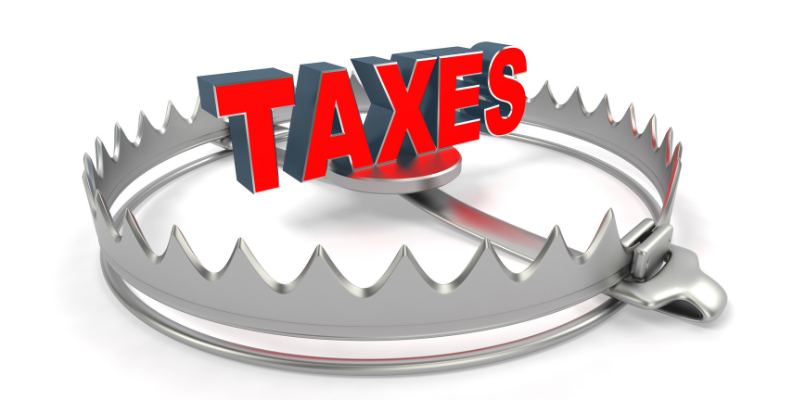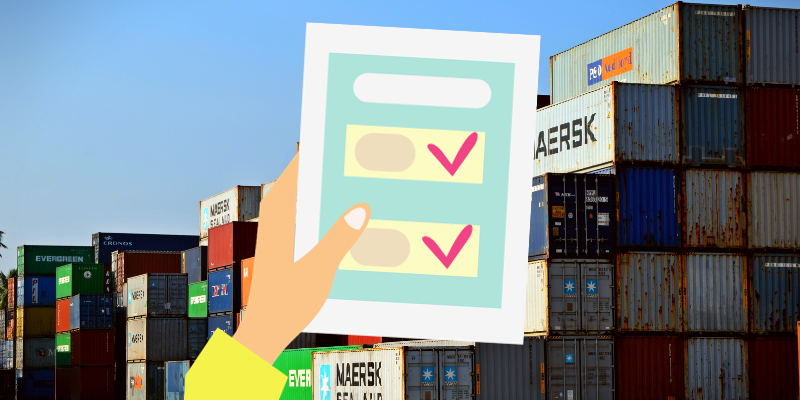Double tax trap for profitable business
June 30, 2022
Growth in your business profits may expose you to the Double Tax Trap for profitable business
Any business owner who has a large increase in taxable income will be asking this question:
“Why has my tax bill increased so much – and now I have two tax bills for the same amount? This can’t be right!”
Every business owner wants to grow a profitable business that continues to grow and remain profitable in the long term. Rapid growth in both revenue and profits are seen by many to be the keys to achieving this.
There is one consequence of rapid profit growth that can destroy your profitable business. That consequence is taxation, or more specifically double taxation.
Without careful planning the strong growth in profit for your business could also be the reason your business will struggle to survive in the next twelve months.
Profitable businesses are taxed at the time the income tax return is lodged. Where there is a rapid growth in profit, the tax credits previously paid will not be enough to cover the tax debt for the return lodged. This is a major blow to your cash flow.
Profit Growth is great, but the double tax trap can hurt your cash flow!
Tax Instalments
Under the PAYG Instalment system, businesses are required to make quarterly instalments of income tax in advance for the following year. The amount of PAYG Tax instalment required is based on your most recent tax return lodged. The Australian Taxation Office (ATO) assumes you will make the same level of profit as declared on your most recent tax return. PAYG instalments are paid by quarterly instalments due 28 October, February, April and July each year.
After you lodge your return there will be a ‘catch up’ instalment.
We call this the ‘double tax’ trap.
Double Tax Trap for Profitable Business Example:
Year 0
Let’s look at an example of how this works. Fred started his tiling business in 2020 and broke even and had no tax to pay.
Year 1
In 2021 he has made a very nice profit of $200,000. His company Bedrock Slate and Tile Pty Ltd (BST) qualifies for the 26% company tax rate.
| Year 1 | 2022 |
| Revenue | $1,000,000 |
| Taxable Profit | $200,000 |
| Tax @ 26% | $52,000 |
If Fred lodges BST’s tax return in March 2022, BST will have an income tax debt due on lodgement of its return of $52,000. Now that BST has lodged its first tax return with tax payable the ATO will update the PAYG Instalment details.
Tax Payments
For the June 2022 Activity Statement, BST will be required to make a PAYG instalment for the 2022 of $52,000 (ignoring indexation). For the September 2022 quarterly activity statement BST will be required to pay one quarter of the estimated PAYG being $13,000 in October 2022.
| April 2022 | $52,000 | 2021 Tax Total |
| July 2022 | $50,000 | 2022 Instalment |
| October 2022 | $12,500 | 2023 Instalment |
| Total | $114,500 |
In 7 months BST will pay 2 ¼ years of tax. This is a huge sting and will make a massive dent in your cashflow. Unless Fred had planned for this and set aside funds to make these payments Fred will have a major issue with cashflow and making these payments. BST will also need to make quarterly instalments for December 2022 ($12,500) and March 2023 ($12,500 ).
Year 2
If Bedrock Slate and Tiling continues to grow without controlling the cash flow issues, the taxation impact on cash from the second year of growth will increase.
In our example if Bedrock Slate and Tiling achieves these figures:
| 2022 | |
| Revenue | $2,000,000 |
| Taxable Profit | $500,000 |
| Tax @ 25% | $125,000 |
| Credit for 2022 Tax Instalments PAID | $50,000 |
| Balance of 2022 Tax Payable | $75,000 |
Then it will have tax payments due of:
| April 2023 | $75,000 | 2022 Tax Balance |
| July 2023 | $96,500 | 2023 Instalment |
| Sept 2023 | $31,250 | 2024 Instalment |
| Total | $202,750 |
Again, in 7 months BST will be paying 2 ¼ years of taxation.
What happens if you can’t pay the tax or instalments on time?
Not paying your tax debts on time may impact your ability to raise funds by borrowing in the future. A business with a clean tax portal report showing commitments are paid on time will have much more success getting funding than a business with a poor tax payment position. Where a business has entered into a payment plan with the ATO to manage cash flow, lenders such as traditional banks may see this as the business being unable to meet its key obligations.
Include Taxation in Your Cash Flow Planning
Every business owner must have an action plan for how you will grow and survive.
- You need to plan well in advance for how you will fund the growth
- Set aside reserves for making your taxation payments on time
- Consider using the instalment rate method for your PAYG instalments
Organise the funds for how your growing business will pay this double taxation hit
- If you need to organise funding, start the process well in advance of when you will need to make tax payments
Get your business finance fit and avoid cash flow issues like this. Contact us for more information or assistance.





















